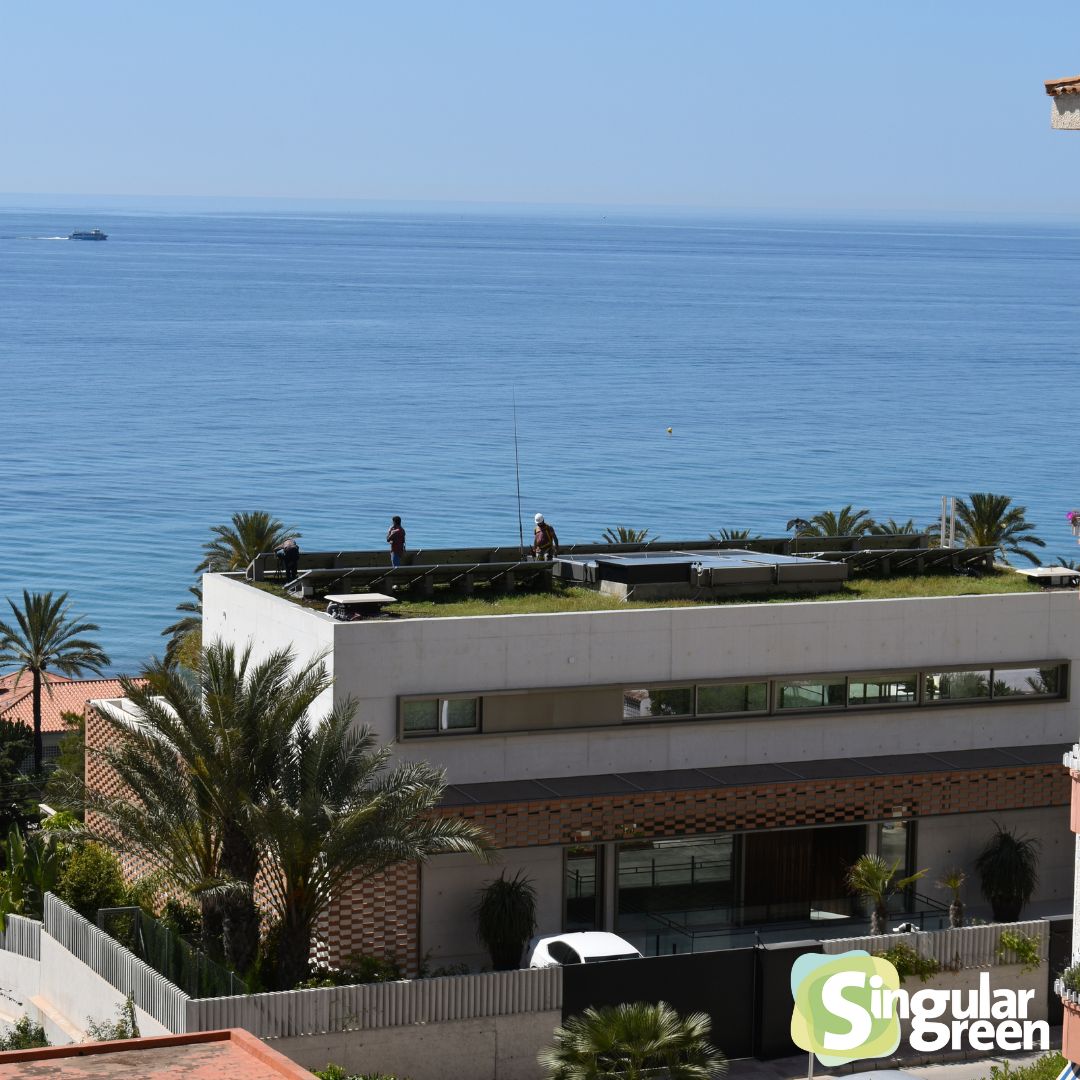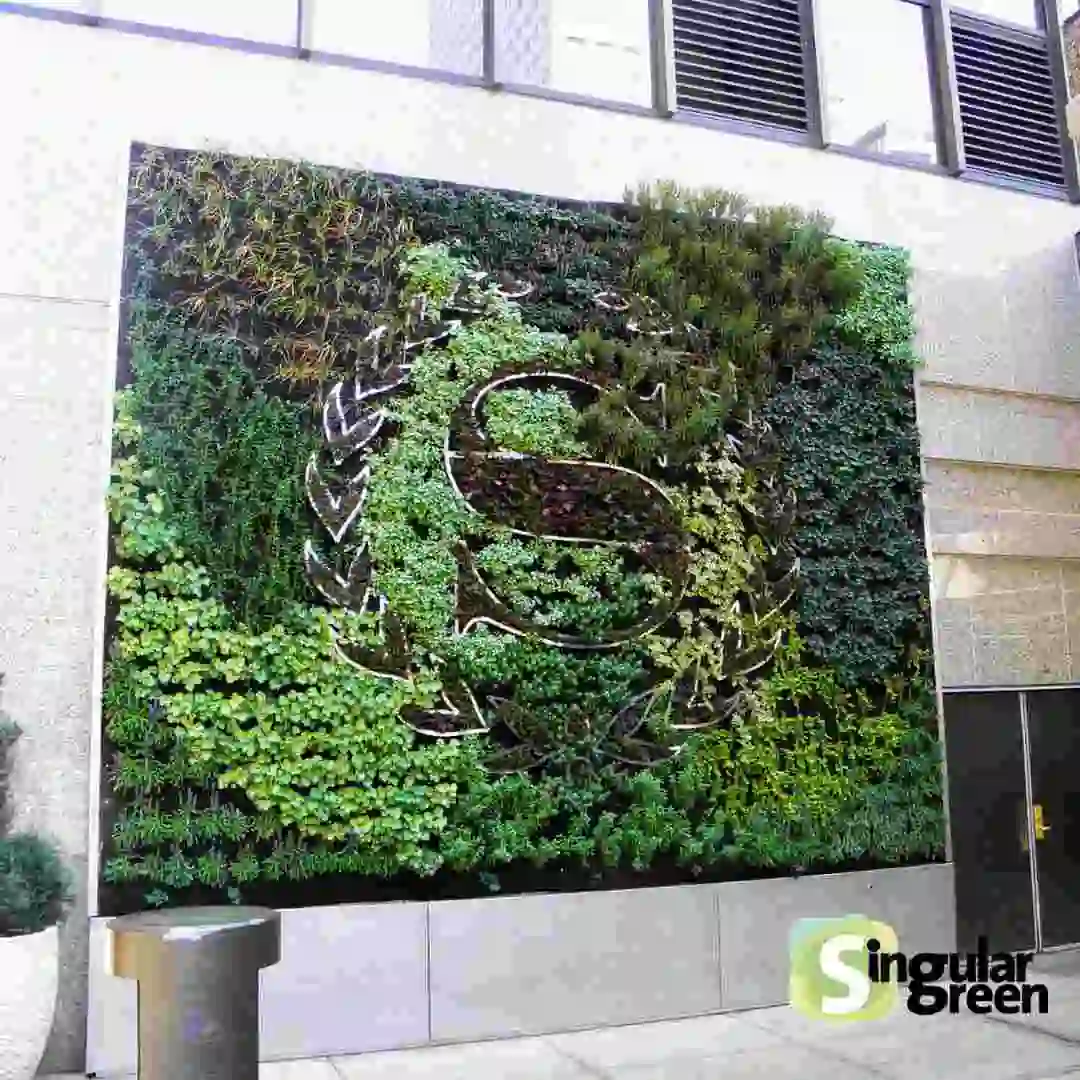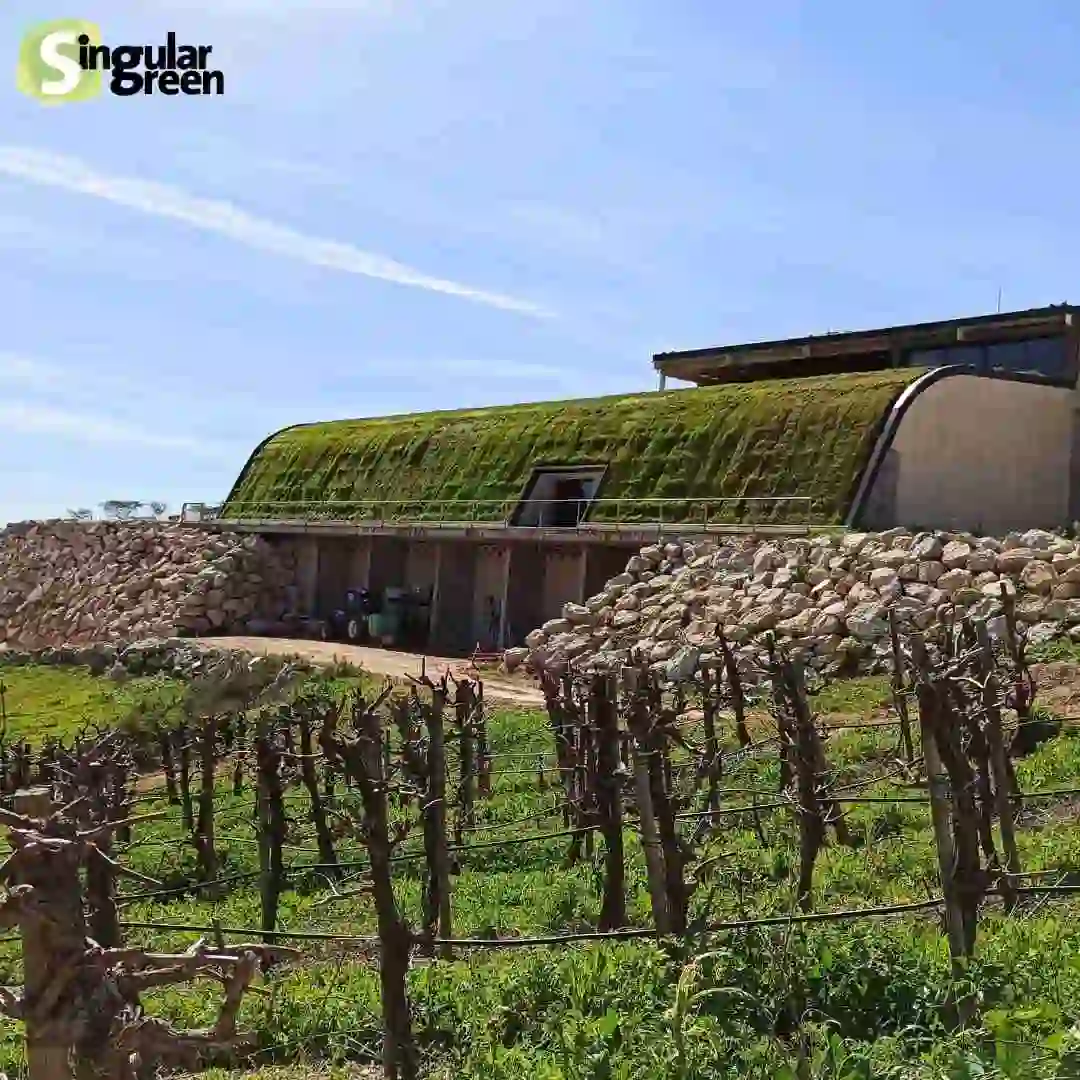When we see a cover we give a lot of importance to the vegetation that inhabits it without realising that behind these species there are more things that make it possible for them to live. That is why in this article we want to talk about the substrate in green roofs and give it the importance it deserves.
Functions of the substrate in ground cover plants:
To begin with, we will say that the substrate is the support layer of the vegetation, where the work of the roots takes place. The substrate in green roofs must fulfil the following functions:
- Supply and retention of nutrients.
- Absorption of readily available water.
- Provision of support for rooting.
- Drainage.
- Root aeration.
These functions may vary in relation to the vegetation, as the choice of substrate must take into account the type of plants to be installed on the roof.
In order to fulfil the above-mentioned functions, substrates must have the following properties:
Physical properties:
- Low bulk density.
- High porosity.
- Stable structure, which prevents volume variation.
Chemical properties:
- Sufficient level of assimilable nutrients.
- Low salinity.
- High capacity to maintain a constant pH.
- Minimal decomposition rate.
Other properties:
- Easy to work with.
- Resistance to external physical, chemical and environmental changes.
Classification criteria for substrate materials:
There are different criteria for classifying the materials that make up substrates. Therefore, we will explain the two most common forms of classification. The first form of classification is based on origin:
1st Origin
Organic, of animal or vegetable origin:
Blonde and black peat, pine bark, coconut fibre, etc. Within this group, they are classified as follows:
- Natural: made up of vegetable matter or waste products of animal origin, subject to biodecomposition.
- Synthesis: obtained from industrial chemical processes.
- By-products and waste from different agricultural, industrial and urban activities: of vegetable origin obtained as waste from different activities.
Inorganic, of mineral origin:
Sand, gravel, perlite, expanded clay, rock wool, etc. Which in turn are divided into:
- Natural: obtained from different rocks, modified by means of simple physical treatments.
- Transformed: they are obtained from different rocks, modified by complex physical treatments.
2nd Granular and non-granular
The second form of classification is based on granular and non-granular substrates. In this classification, a distinction is made between substrates which are made up of loose particles and those which, on the other hand, are presented in compact pieces according to sales formats.
Examples of granular substrates: topsoil, peat (blond peat and black peat), compost, clay, silt, sand, gravel, expanded clay, vermiculite, perlite.
Within the granular substrates there is the possibility of making different mixtures in a calculated way, depending on the type of vegetation that our roof has. Each granular material has advantages (examples: good aeration, good drainage…) and disadvantages (examples: low nutrient retention, poor workability…). The mixtures of these materials allow us to obtain a balanced mixture in terms of these properties, depending on the needs of the vegetation.
Non-granular:
Examples of non-granular: rock wool, coconut fibre, pine bark, polyurethane foam. The advantage of these substrates is their light weight of less than 50 kg/m2 , which allows them to be used on roofs that support little weight.
In short, a good substrate must have good drainage, good aeration, good nutrient retention and good water absorption. Depending on the species that our cover has, some properties will predominate over others and we will choose our substrate accordingly.
If you want to know more about green roofs we have online training in green roofs.








